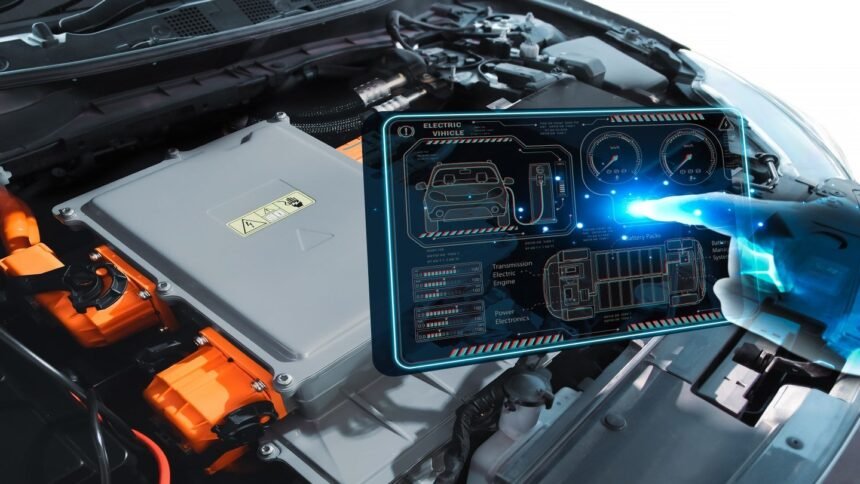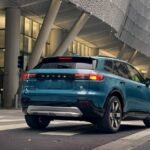Helm.ai, a startup backed by Honda, has introduced a cutting-edge camera-based system called Helm.ai Vision, specifically designed to analyze intricate urban environments for autonomous vehicles. This innovative system is set to be integrated into the 2026 Honda Zero series of electric vehicles, offering users a hands-free driving experience that allows them to safely divert their attention away from the road.
In addition to its collaboration with Honda, Helm.ai is also in discussions with various automakers to incorporate its technology into mass-market vehicles. CEO and founder Vladislav Voroninski highlighted the company’s business model of licensing software to automakers, emphasizing their progress towards deploying the technology in production vehicles.
Helm.ai’s approach of prioritizing vision-based systems over traditional sensors like Lidar and radar aligns with Tesla’s strategy, aimed at reducing costs. However, experts argue that supplementary sensors are crucial for safety, providing redundancy in case cameras fail in challenging visibility conditions.
Companies operating autonomous taxis, such as Waymo and May Mobility, utilize a combination of radar, Lidar, and cameras for navigation. With $102 million in funding and investments from Goodyear Ventures, Sungwoo HiTech, and Amplo, Helm.ai’s Vision system processes imagery from multiple cameras to create a comprehensive view of the surroundings, enhancing decision-making and control mechanisms for the vehicle.
The system is designed to be compatible with various hardware platforms from companies like Nvidia and Qualcomm, allowing seamless integration into existing vehicle systems. Car manufacturers can leverage Helm.ai Vision’s capabilities to enhance their vehicles’ predictive and planning technologies, ultimately improving the overall driving experience.
As Helm.ai continues to advance its technology and expand its partnerships within the automotive industry, the integration of its Vision system into autonomous vehicles could pave the way for safer and more efficient self-driving experiences in the future.







